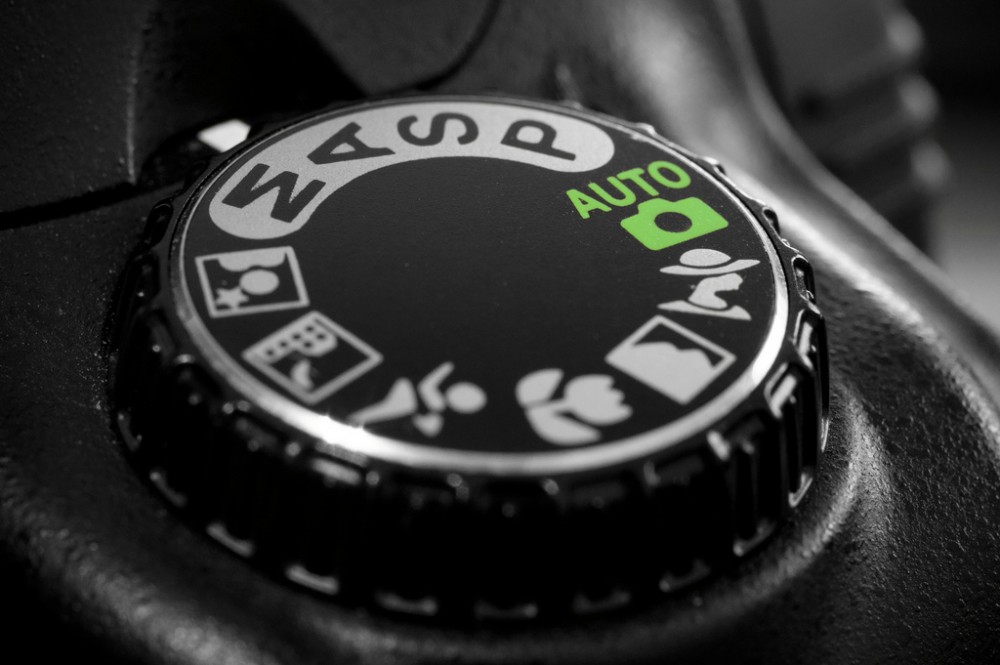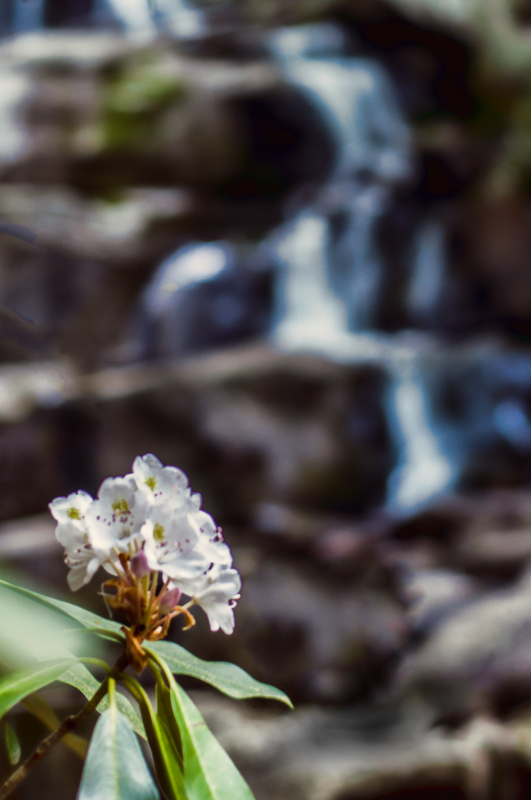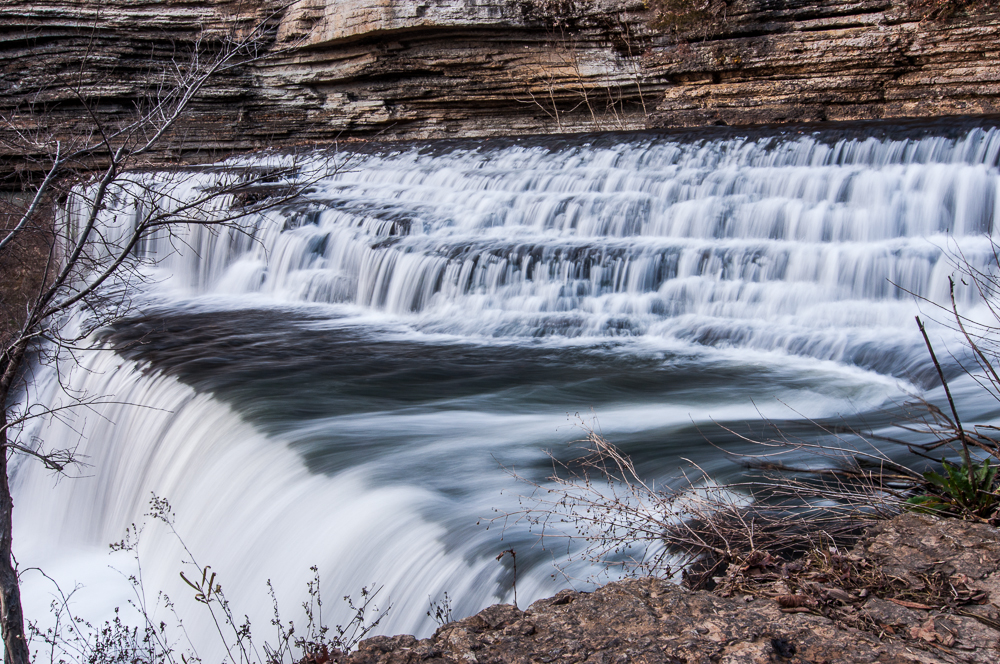Priority Modes
On most modern DSLR you will find a dial with a bunch of pictures and letters that represent several different things. That is the Mode dial, and contains the priority modes. Looking at that dial, you may find something similar to “P”, “A”, “S”, “M” along with little pictures for some of the more used “Scene Modes“. Those letter stand for:

Image by andrewXu
- P — Program Mode
- A — Aperture Priority Mode
- S — Shutter Priority Mode
- M — Manual Mode
Besides Manual Mode, all the other modes are sometimes called semi-manual (or semi-automatic) modes. They are also known as Priority Modes and give you some control over your settings, but also ensure you have a properly exposed image, by letting the camera make some of the decisions.
Program Mode
I’m not going to touch much on Program Mode, but since it’s on the dial, I feel that I need to at least mention it. Program mode gives you the least amount of creative control. In this mode, the camera calculates both the shutter speed and aperture, based on an already select ISO value.
Aperture Priority Mode
 Starting with Aperture Mode, you will start to see that you have more creative control over your exposures. With Aperture Priority Mode, you will have manual control over the Aperture value, and shutter speed will be calculated by your camera. As with all the modes, these settings are based on the value you set for your ISO, or you may have ISO also set to Auto.
Starting with Aperture Mode, you will start to see that you have more creative control over your exposures. With Aperture Priority Mode, you will have manual control over the Aperture value, and shutter speed will be calculated by your camera. As with all the modes, these settings are based on the value you set for your ISO, or you may have ISO also set to Auto.
I have written an article on Aperture before, but as a quick summary, aperture controls the amount of light that hits the sensor at any given shutter speed. Adjusting the Aperture gives you the ability to control the depth of field of your image. One use of depth of field allows you the ability to have an out of focus foreground and background, with the middle of your image in focus, usually seen in portrait shots. The lower the aperture value, the more open (more light enters) your lens will be. The higher the number, the smaller (less light) the opening in your lens will be.
Shutter Priority Mode
As with Aperture Priority Mode, Shutter Priority Mode allows you more creative control over your images. Shutter Priority Mode gives you the control over the amount of time that the shutter is actually open. While in this mode, your aperture will be calculated by your camera. With this use of this mode, you will lose control over the depth of field in your images, but you will have the ability to create motion within your image.
 Shutter speed is a topic that I have touched on before during my series on the Exposure Triangle, but in summary, it controls the amount of time the shutter is open. That value can range from between 1/4000 of a second up to 30 seconds. Most cameras have a “Bulb” mode that will allow you to have complete manual control over shutter speed and is typically used if the shutter needs to stay open for more than 30 seconds. Shutter speed can freeze the frame of a rushing waterfall or create a gentle flowing effect of the same waterfall.
Shutter speed is a topic that I have touched on before during my series on the Exposure Triangle, but in summary, it controls the amount of time the shutter is open. That value can range from between 1/4000 of a second up to 30 seconds. Most cameras have a “Bulb” mode that will allow you to have complete manual control over shutter speed and is typically used if the shutter needs to stay open for more than 30 seconds. Shutter speed can freeze the frame of a rushing waterfall or create a gentle flowing effect of the same waterfall.
Manual Mode
Manual Mode gives you the greatest creative control of your exposures. I’m not going to go into much detail of this mode since, it relies on all the components of basic camera settings. In order to create a properly exposed image, you will need to take into account the shutter speed, aperture, and ISO settings, these are the three parts of the Exposure Triangle, something that I have written about before.